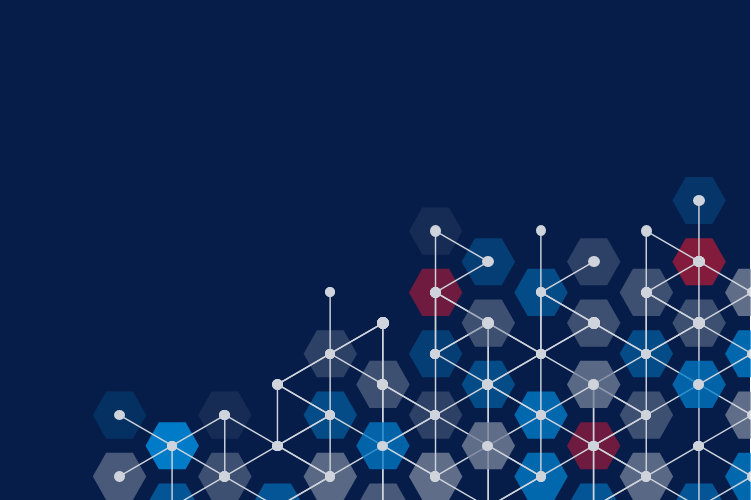To achieve business results—growth, profitability, increased market share, and investor returns, to name a few—your organization must consistently do what your customers and investors want, need, and expect it to do. And you must do it through distinctive people, technical, and cultural capabilities that become the source of your competitive advantage. Our consulting services are designed to help you clarify, organize around, and build the distinctive capabilities you need to consistently and successfully deliver high performance and exceptional results.
Traditional consulting is disruptive and may lack the right focus.
In the typical consulting scenario, a team of “expert” outsiders puts a plan together that will require changes within your organization. Then they either exit or propose another group of expert implementers come in, manage the change, and execute. This leaves you with a very expensive solution that is not owned by your leaders and likely resisted by employees.
Our approach starts with you and, more importantly, your stakeholders.
Our work is designed to fully engage and involve your people in every step of the process. While we have broadly experienced, senior thought leaders whose research and writing shape the global intellectual agenda for HR, talent, organization, and leadership practices, we do not believe we have all the answers. We partner with you to integrate our experience with your internal knowledge and experience. When RBL consultants work with you on major initiatives like business design, strategy integration, or HR and leadership transformation, we use a flexible, systems-design model that starts with the needs and expectations of customers, investors, and other external stakeholders.
This way, when you do make changes, they stick. And they consistently generate the results you and your stakeholders expect.
Our approach is:
- Alignment Driven. Our frameworks and methodology are designed to create alignment and focus resources on the activities that matter. Alignment is the outcome of linking outside-in logic with strategy, capabilities, organization design, leadership, and people.
- Client Owned. While we bring a strong point of view around context, methodology, and team process, our process is designed to engage your organization in a way that generates internal ownership and simplifies implementation.
- Change Ready. We embed change management from the beginning to the end. By involving the people who do the work in how the work should be done, our approach yields a comprehensive, integrated and executable design and capability development plan.
- Systems Designed. Organization isn’t about structure, it’s about capability. Our Systems Design Model helps you optimize your key capabilities, see your organization as a system, and focus on the key variables that impact your customers.

Build the resources and systems you need to achieve your business goals.
Through the right focus, alignment, and organization-wide engagement, we help companies establish capabilities that enable peak performance and accelerate growth goals. Ultimately, we help our clients maximizes competitive advantage and maintain it long-term.
Design Principles
In every consulting engagement, we draw upon core design principles to help companies design systems, integrate strategy, and create the alignment needed to optimize distinctive capabilities, meet stakeholder expectations, and generate business results.
Begin with an outside-in perspective
Ultimate value is determined by external customers and stakeholders. Functional and process design enables the strategy to deliver on stakeholder expectations.
Strategy drives organization, not just structure
Effective strategy identifies the work that makes you distinctive. Effective organizations are clear about when to say yes and when to say no.
Be clear on what is being optimized
You need to be clear about who supports who and which direction requirements flow. Strategy and capabilities are the basis for this clarity.
All work is not created equal
Some work should be designed using efficiency logic. Some work should be designed using effectiveness logic. Effectiveness work and efficiency work should be separated.
Separate transition issues from design decisions
Design for an “Ideal Future,” not people, current capability, or exceptions. The design must be doable, but needs to push forward.
